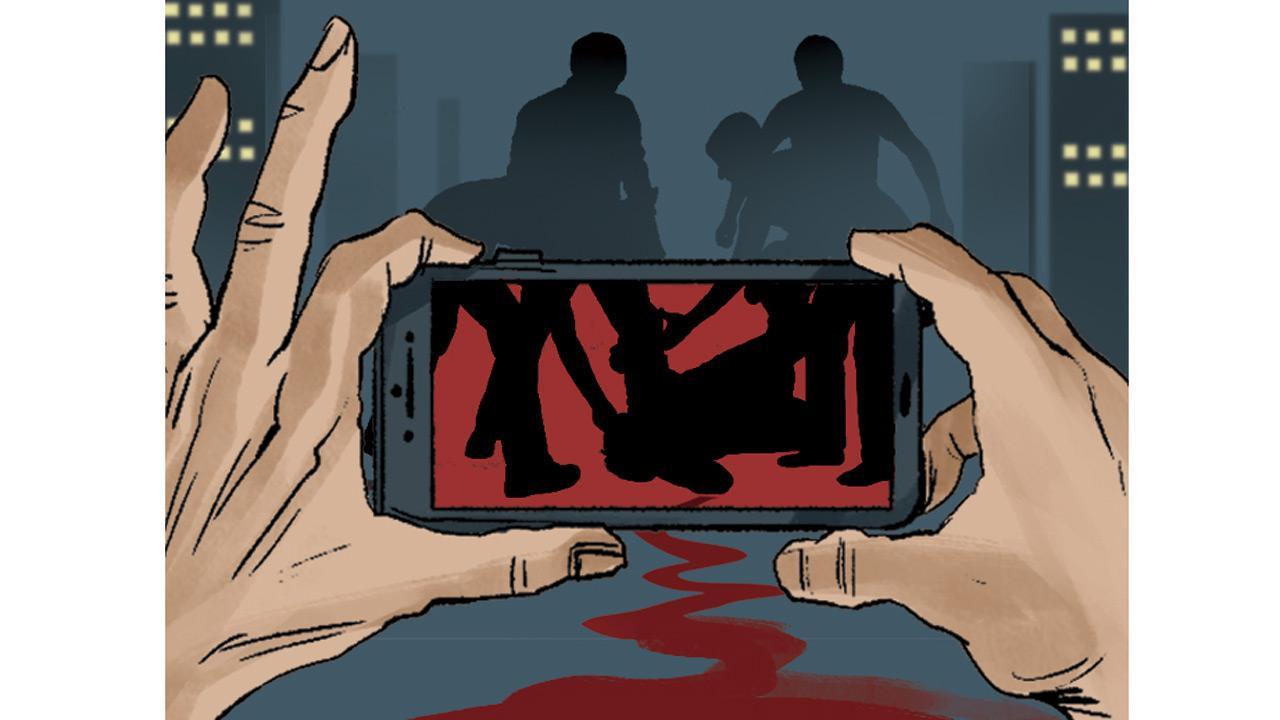We have heard these slogans once too often, but this time they weren’t even reacting to an event distorted by fake news. They were the event. The event was supremacist aggression.

Illustration/Uday Mohite
ADVERTISEMENT
Readers of this column know that I am a hopeful type, who sees signs of the sun in dark clouds. But this Independence Day scrounging for hope feels hard.
On the heels of a year and half of privations, the days leading up to this day commemorating freedom have been rending. Last weekend, a group led by BJP activist Ashwini Upadhyaya, gathered at Jantar Mantar to shout slogans about slaughtering Muslims. We have heard these slogans once too often, but this time they weren’t even reacting to an event distorted by fake news. They were the event. The event was supremacist aggression.
When a young man filed an FIR against them for hate speech, the police responded: hate speech hi toh kiya hai, mara toh nahin hai na? The violence of a system that invalidates citizens’ equality and humanity so wilfully, echoes loudly in the silence of the government.
Soon after, a video emerged from Kanpur, where a group of men, in saffron scarves, beat up a 34-year old Muslim rickshaw driver, while his six-year-old daughter clung to him and wept, “Mere papa ko mat maaro”. The demonic quality of the violence feels increasingly heartbreaking. Your heart breaks for the child, for the man, powerless and poor, for all those who feel these blows on their own being as Indian citizens who are Muslim. It breaks differently at the glee of those who have imagined themselves to be powerful through their ultimate dehumanisation of themselves as much as others. Could there be a more paltry dream of power?
If ever a relationship status could be “it’s complicated”, it is between the idea of the nation and the fact of the nation. The borders of culture are hard to demarcate, shading into each other, unlike sharply imagined boundaries that run through fields, rivers, songs and declare who is apna or paraya. Nations are also a set of ideals—unity in diversity, equality, neighbourliness, friendship, cultural commonalities. They are also edifices of power, often not living up to their own ideals. Hence, celebrations of freedom everywhere are underscored by unease about the many whose un-freedom and repression because of caste, race, gender, sexuality or political divergence continue in a free country. Freedom is an idea without limits, its meaning has to be continually renewed. Stuck in maintaining power over others, through acts of violence is hardly a liberation even for the oppressor, leave alone the oppressed who must suffer the meaning of this power.
The police investigating the Kanpur case said that there was a pre-existing dispute between two families, which the right-wing activists had capitalised on to stage their violence, almost as if that explained something. Did it? What is this power that feeds on human relationships? It brings to mind an old political song by Brijmohan “woh chahte hain baantna dilon ke saare valvale/woh chaahte hain khatma ho zindagi ke kaafile” (They want to split, the ardours of the heart/ they want the caravans of life, to break apart).
People often say ‘something is broken’ when they talk about the times. Yes, it is the heart that is broken. That song also says, despite everything, we must persist with belief—”chale chalo dilon mein khwab, leke bhi chale chalo”. How do we carry dreams inside a broken heart? A song of that must soon be sung.
Paromita Vohra is an award-winning Mumbai-based filmmaker, writer and curator working with fiction and non-fiction. Reach her at paromita.vohra@mid-day.com
 Subscribe today by clicking the link and stay updated with the latest news!" Click here!
Subscribe today by clicking the link and stay updated with the latest news!" Click here!






